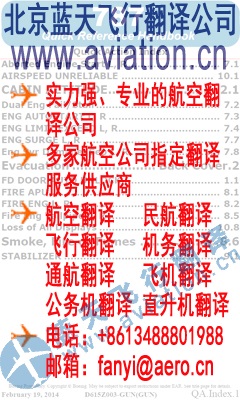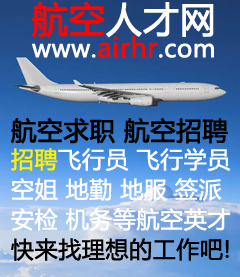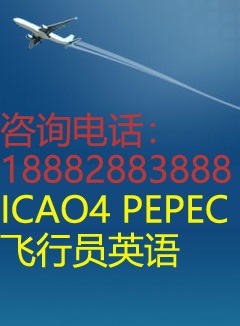|
To view this page ensure that Adobe Flash Player version 9.0.124 or greater is installed. Vetting of transportation workers and others who routinely access transportation facilities has been a cornerstone of several statutorily mandated projects related to transportation security. For example, the TSA is required to conduct background checks of workers at commercial passenger airports, and the TSA has several ongoing projects, such as the Transportation Worker Identification Credential (TWIC) Program and various airport access control pilot studies, that are attempting to integrate background checks and vetting with the use of biometric access credentials. While it maybe some time before these programs reach maturity and can be considered for application in the GA environment, there are already several statutory requirements for vetting GA pilots, pilot applicants, and more recently, prospective aircraft charter and lease customers. The most widely known of these GA programs is the TSA’s alien flight training rule (Title 49, U.S.C. §44939; Title 49 Code of Federal Regulation, Part 1552), which requires the TSA to conduct background investigations of non-U.S. applicants seeking flight training in the United States for aircraft weighing more than 12,500 pounds and requires flight schools or flight instructors to notify the TSA whenever a non-U.S. applicant wishes to initiate flight training in smaller aircraft weighing less than 12,500 pounds. In response to law enforcement and intelligence information revealing that the 9/11 hijackers and accomplice Zacharias Moussaoui received flight training in the United States and amid concerns that foreign terrorists could further infiltrate flight schools in the United States, the Aviation and Transportation Security Act (ATSA, P.L. 107-71) initially placed the Department of Justice in charge of conducting fingerprint-based record checks for alien flight school applicants seeking training to fly aircraft weighing more than 12,500 pounds. Under Vision 100 (P.L. 108-176), this responsibility was moved to the TSA, the process was streamlined to limit the impact of the process on legitimate flight training activities, and reporting requirements were expanded to include a notification requirement whenever foreign flight school applicants initiate flight training in the United States in smaller aircraft weighing less than 12,500 pounds. 中国通航网 www.ga.cn 通航翻译 www.aviation.cn 本文链接地址:Securing General Aviation 通用航空安保(37) |




